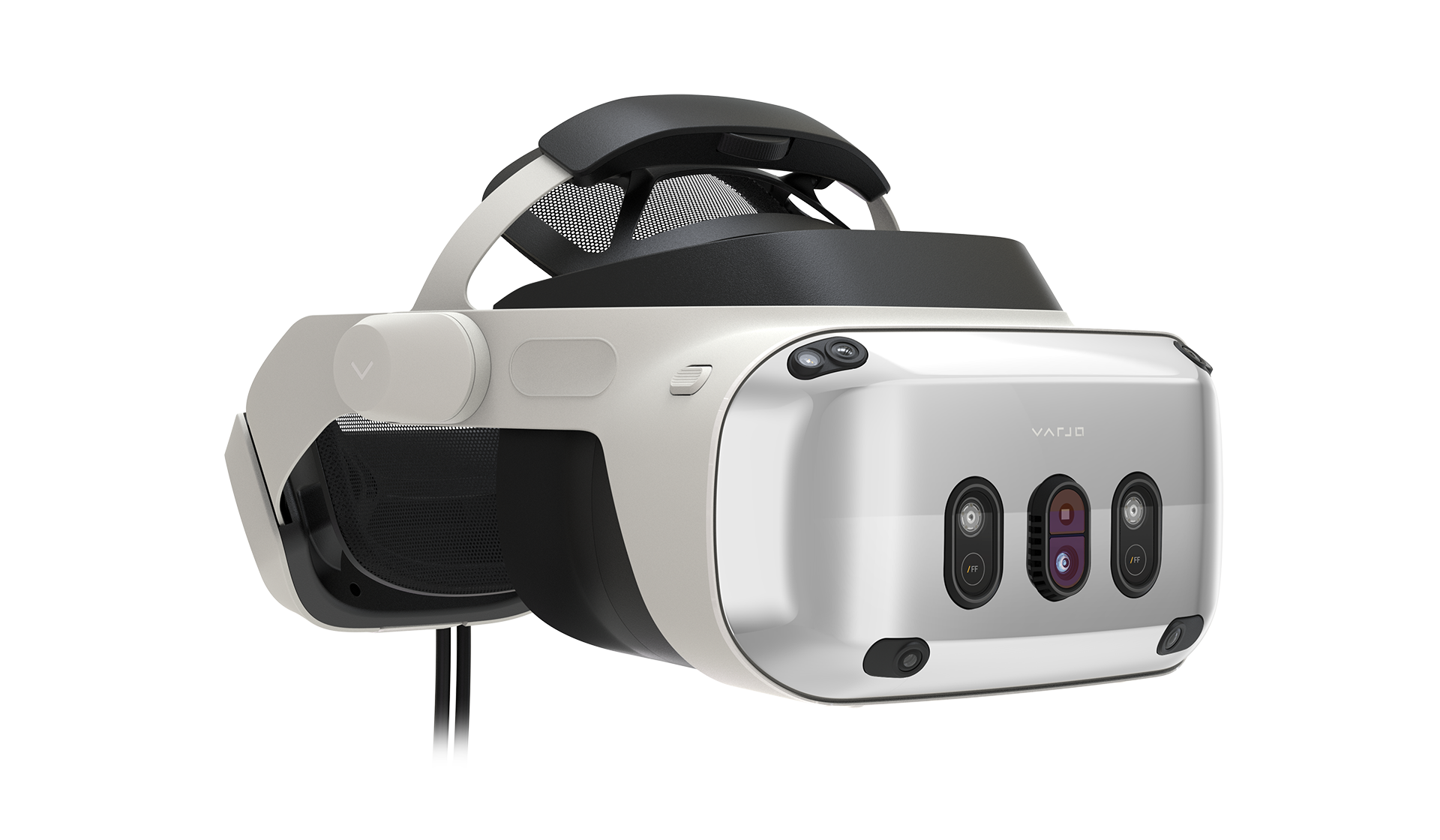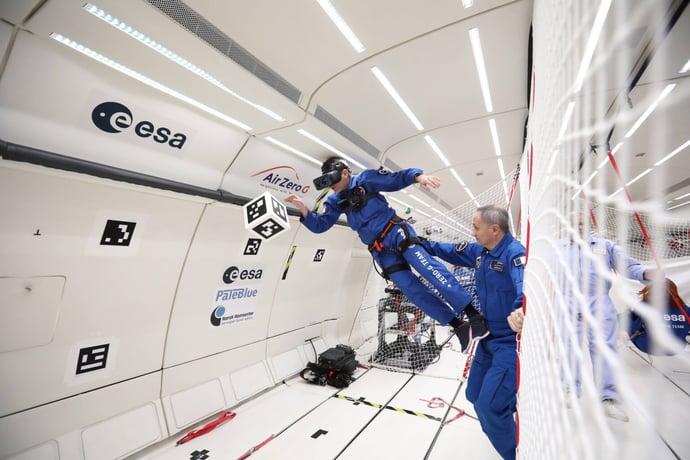A World of Training Possibilities
The VR simulator’s physical cockpit structure and virtual components together provide pilots with an authentic feel and seamless flying experience for any training scenario. Pilots can practice routine operations as well as create unique scenes to address any number of scenarios, including off-airport landing, search and rescue operations and emergency medical services.
With access to a comprehensive modelled airport database, pilots can choose from virtually any airfield in the world, tailoring their training to meet specific goals. The solution’s Instructor Operating Station (IOS) provides features that enable the instructor to effectively manage the simulator and monitor what the pilot sees in the virtual world.






